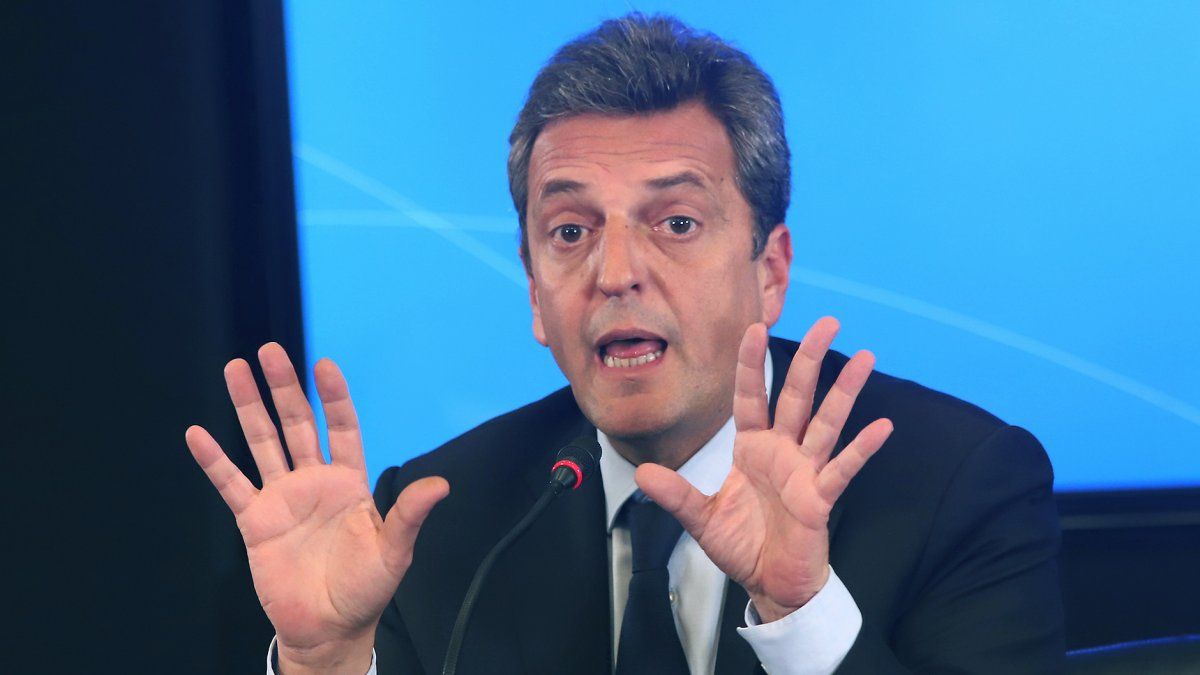For this reason, this Monday they will go out to place a menu of bonuses that all expire before August 2023. “Offering very short-term titles, the result will improve, but it represents a sign of weakness for what is to come,” says PPI. The consultant suggests that “It is possible that the Treasury is more generous with placement rates, trying to inflate the amount captured in the month.” So far the government has obtained net financing of $33.5 billion.
Economy returns to the market with five titles: one LELITE on December 16, only for mutual funds (FCI), at a nominal rate of 69%. Meanwhile, it reopens the LEDES in March 2023 (S31M3) and April 2023 (S28A3) with the aim of rolling out the remainder of an LEDE that expires this month. For reopenings, the effective rates would be between 117/118%, says PPI, depending on the fact that they are less liquid bonds. On the other hand, the Treasury reopens two dollar-linked bonds maturing on April 28, 2023 and July 31, 2023.
PPI warns that the previous placement of bonds in pesos was lean. “You have to go back to May 27, just before the June crisis, to see such a poor harvest in the primary market again,” he said. Finance team barely managed to cover maturities
According to private estimates, Economy would have to get between $430,000 million and $500,000 million of net financing to close the year. The announcement of the soybean dollar II suggests that part of this need could be covered with the proceeds from the withholdings on exports that will generate the largest liquidation. If they received US$3,000 million between the remainder of November and all of December, the Government could raise some US$241,000 millionso you are still compelled to get the rest if you do not want to borrow from the Central Bank.
That difference would come from the provinces. As Ámbito was able to confirm, Economy invited some governments to participate in the tender in the Lede that expires in March of next year (duration 120 days) and that is equivalent to the terms in which the fixed-term funds are deposited in the banks. The letter pays an annual nominal 88% and fixed terms, 75%. “We invite some to participate in the usual tender,” sources from the Palacio de Hacienda explained.
Andrés Reschini, from the consulting firm F2 Finanzas, estimated that yes the field will settle US$4,000 million at $230 and if the Central Bank then sold 65% to the market (that is, whatand manages to retain 35% for reserves) with an official dollar at $173 next month, it will generate an increase in the Monetary Base (MB) of 15%. Reschini explained to Ámbito that the level he estimated for the amount of dollars that the BCRA can retain is the same as for the previous version of the soybean dollar in which there were liquidations for more than US$8,000 million.
R.Eschini considered that for the Treasury “it is already difficult to roll over maturities”, so obtaining funds to finance the deficit “is a real problem” . “With the soybean dollar they are going to greatly reduce financing needs,” he explained. He also considered that what happened in September is unlikely to be repeated. Reschini points out that they are going to liquidate between US$2,000 and 4,000 million, because the new planting is very delayed due to the lack of water and in this context, the producer will prefer to wait.
Source: Ambito
David William is a talented author who has made a name for himself in the world of writing. He is a professional author who writes on a wide range of topics, from general interest to opinion news. David is currently working as a writer at 24 hours worlds where he brings his unique perspective and in-depth research to his articles, making them both informative and engaging.




